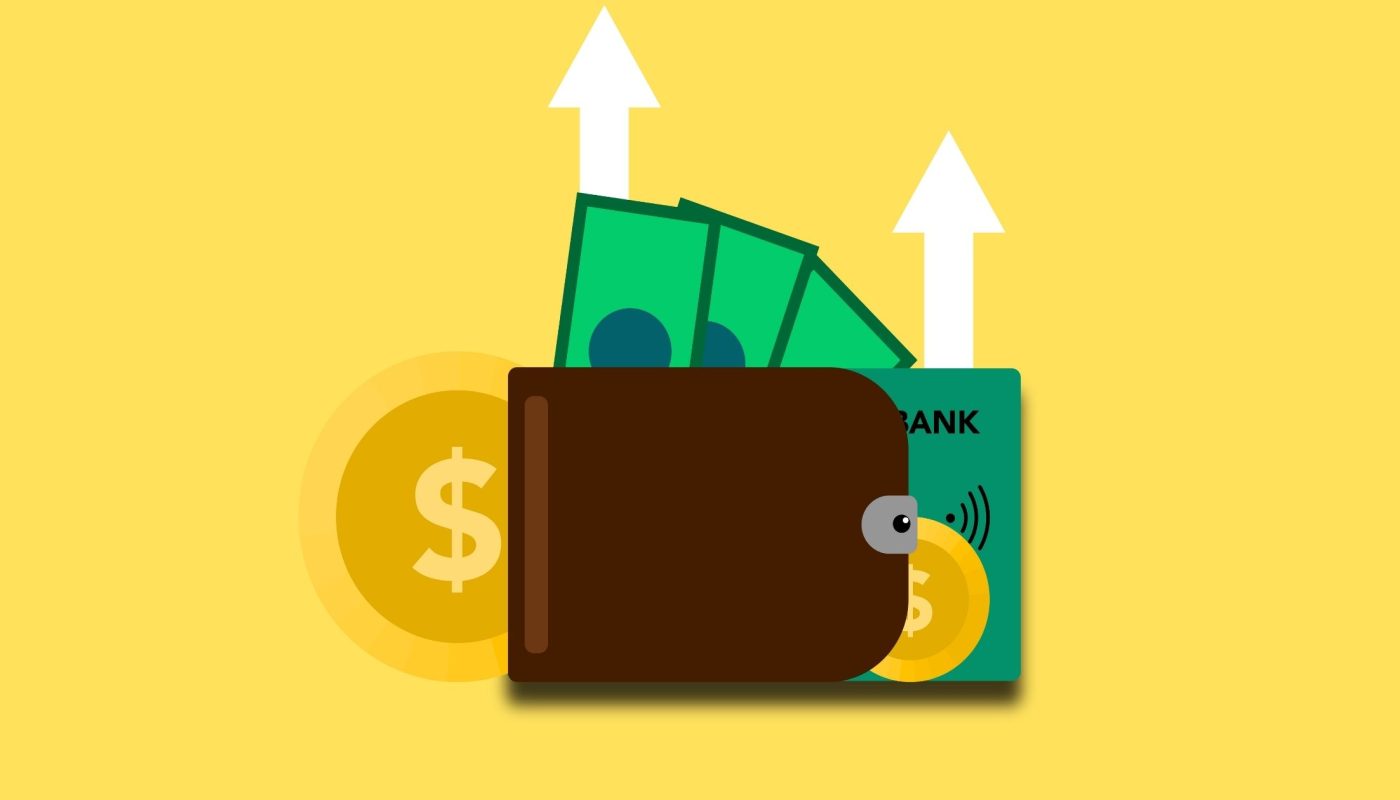Do you want to know about the concept of credit card interest, how it is calculated, and what the formula is? If yes, then keep reading. Apart from this, you will also learn the different types of interest rates imposed on credit cards.
How to Calculate Interest on Credit Cards
For this explanation, let us consider two customers named Mohammed and Jane. They both have a credit card debt of $1000 with an Annual Percentage Rate (APR) of 1.5%. The difference between them is that Mohammed has accumulated his balance over 15 months. In contrast, Jane only did so for over one month. Their interest charges would be as follows:
Mohammed – 15 months
Mohammed will only have to pay the interest on his outstanding balance in the first month instead of the entire $1,000. After that, however, he will also start paying a minimum payment percentage of the total principal and accrued interest. This percentage will also be his new APR (1.5%). And so on. For the next 14 months, Mohammed’s outstanding balance has to be multiplied by 1.015 each month.
Jane would have paid $11 in interest at the end of the first month, whereas Mohammed would only pay $8.97 because he pays less per month. However, if we add up the total interest that Jane would have paid at the end of 15 months, it would be $142.51. In contrast, Mohammed would have paid $154.59 in interest over this time.
Jane – 1 Month
As you can see above, when a customer has a meager balance, it is much more expensive to finance the purchase for a longer time. It is fewer months in which the credit card company receives interest payments. Furthermore, the longer the loan, the higher your APR becomes (credit cards use “compounding” to increase your effective annual interest rate).
Therefore, if Jane had paid off her credit card within the first month, she would have saved herself quite a bit of money.
According to the experts at SoFi, “Focus on getting out of debt, not overpaying.” Credit cards are not all charged at the same interest rate. Instead, they are put into different categories based on their respective annual percentage rates (APR). This section will explain what they are and how to identify them. You can use a credit card interest calculator to find out the exact amount you owe.
So far, you have seen that credit card companies charge different rates depending on the duration for which you want to finance your purchase. In addition, there are three subtypes of interest rates imposed on credit cards: fixed, variable, and promotional.
Fixed rates are the most common ones. These kinds of interest rates guarantee a constant APR throughout the life of your loan (until you pay it off).
Variable rates can change at any time. The most famous example of this rate is the London Interbank Offered Rate (LIBOR).
The last subtype of interest charges is promotional ones which are only valid for a specific period. For example, most cards offer you 0% interest rates on balance transfers for an introductory period of 6 months to 2 years.



